Description
Class 12 Chemistry all chapters handwritten notes free pdf download 2023
Are you looking for Class 12 Chemistry handwritten notes? If yes, you are in the right place. In this post, we will provide you with all the chapters of the Class 12 Chemistry handwritten notes in PDF format.
These notes are prepared by experts and are very comprehensive and detailed. They cover all the topics of Class 12 Chemistry and provide you with in–depth knowledge of the subject.
These notes are ideal for students who want to revise all the topics quickly and thoroughly. They are also helpful for those who are preparing for competitive exams like IIT–JEE and NEET.
The notes are divided into chapters and sub–topics which make it easier for students to quickly find the topics they are looking for.
Also, these notes are available for free download and can be easily accessed from any device. All you need to do is click on the download button and the notes will be downloaded in a few seconds.
So, if you are looking for Class 12 Chemistry handwritten notes, then you can easily get them from here. Download these notes and get ready to ace your exams.
Class 12 Chemistry chapter wise handwritten notes pdf are here you can download by adding them in cart and find download link in you notes drive account dasboard page in order section.
“Keyword”
“toppers notes class 12 chemistry pdf free download”
“toppers handwritten notes class 12 pdf”
“handwritten notes for class 12 chemistry pdf in english”
“toppers notes class 12 chemistry pdf in hindi”
“handwritten notes for class 12 chemistry pdf state board”
“handwritten notes for class 12 chemistry pdf in hindi”
“solution chapter handwritten notes pdf”
“class 12 handwritten notes pdf”
This Product Contains Handwritten notes of given chapters and notes PDF
- Chapter 1 : The Solid State
- 1.1 General Characteristics of Solid State
1.2 Amorphous and Crystalline Solids
1.3 Classification of Crystalline Solids
1.4 Crystal Lattices and Unit Cells
1.5 Number of Atoms in a Unit Cell
1.6 Close Packed Structures
1.7 Packing Efficiency
1.8 Calculations Involving Unit Cell Dimensions
1.9 Imperfections in Solids
1.10 Electrical Properties
1.11 Magnetic Properties - Chapter 2 : Solutions
- 2.1 Types of Solutions
2.2 Expressing Concentration of Solutions
2.3 Solubility
2.4 Vapour Pressure of Liquid Solutions
2.5 Ideal and Non-ideal Solutions
2.6 Colligative Properties and Determination of Molar Mass
2.7 Abnormal Molar Masses - Chapter 3 : Electrochemistry
- 3.1 Electrochemical Cells
3.2 Galvanic Cells
3.3 Nernst Equation
3.4 Conductance of Electrolytic Solutions
3.5 Electrolytic Cells and Electrolysis
3.6 Batteries
3.7 Fuel Cells
3.8 Corrosion - Chapter 4 : Chemical Kinetics
- 4.1 Rate of a Chemical Reaction
4.2 Factors Influencing Rate of a Reaction
4.3 Integrated Rate Equations
4.4 Temperature Dependence of the Rate of a Reaction
4.5 Collision Theory of Chemical Reactions - Chapter 5 : Surface Chemistry
- 5.1 Adsorption
5.2 Catalysis
5.3 Colloids
5.4 Classification of Colloids
5.5 Emulsions
5.6 Colloids Around Us - Chapter 6 : General Principles and Processes of Isolation of Elements
- 6.1 Occurrence of Metals
6.2 Concentration of Ores
6.3 Extraction of Crude Metal from Concentrated Ore
6.4 Thermodynamic Principles of Metallurgy
6.5 Electrochemical Principles of Metallurgy
6.6 Oxidation and Reduction
6.7 Refining
6.8 Uses of Aluminium, Copper, Zinc and Iron - Chapter 7 : The p-Block Elements
- 7.1 Group 15 Elements
7.2 Dinitrogen
7.3 Ammonia
7.4 Oxides of Nitrogen
7.5 Nitric Acid
7.6 Phosphorus – Allotropic Forms
7.7 Phosphine
7.8 Phosphorus Halides
7.9 Oxoacids of Phosphorus
7.10 Group 16 Elements
7.11 Dioxygen
7.12 Simple Oxides
7.13 Ozone
7.14 Sulphur – Allotropic Forms
7.15 Sulphur Dioxide
7.16 Oxoacids of Sulphur
7.17 Sulphuric Acid
7.18 Group 17 Elements
7.19 Chlorine
7.20 Hydrogen Chloride
7.21 Oxoacids of Halogens
7.22 Interhalogen Compounds
7.23 Group 18 Elements - Chapter 8 : The d-and f-Block Elements
8.1 Position in the Periodic Table
8.2 Electronic Configurations of the d-Block Elements
8.3 General Properties of the Transition Elements (d-Block)
8.4 Some Important Compounds of Transition Elements
8.5 The Lanthanoids
8.6 The Actinoids
8.7 Some Applications of d- and f-Block Elements - Chapter 9 : Coordination Compounds
- 9.1 Werner’s Theory of Coordination Compounds
9.2 Definitions of Some Important Terms Pertaining to Coordination Compounds
9.3 Nomenclature of Coordination Compounds
9.4 Isomerism in Coordination Compounds
9.5 Bonding in Coordination Compounds
9.6 Bonding in Metal Carbonyls
9.7 Importance and Applications of Coordination Compounds - Chapter 10 : Haloalkanes and Haloarenes
- 10.1 Classification
10.2 Nomenclature
10.3 Nature of C–X Bond
10.4 Methods of Preparation of Haloalkanes
10.5 Preparation of Haloarenes
10.6 Physical Properties
10.7 Chemical Reactions
10.8 Polyhalogen Compounds - Chapter 11 : Alcohols, Phenols and Ethers
- 11.1 Classification
11.2 Nomenclature
11.3 Structures of Functional Groups
11.4 Alcohols and Phenols
11.5 Some Commercially Important Alcohols
11.6 Ethers - Chapter 12 : Aldehydes, Ketones and Carboxylic Acids
- 12.1 Nomenclature and Structure of Carbonyl Group
12.2 Preparation of Aldehydes and Ketones
12.3 Physical Properties
12.4 Chemical Reactions
12.5 Uses of Aldehydes and Ketones
12.6 Nomenclature and Structure of Carboxyl Group
12.7 Methods of Preparation of Carboxylic Acids
12.8 Physical Properties
12.9 Chemical Reactions
12.10 Uses of Carboxylic Acids - Chapter 13 : Amines
- 13.1 Structure of Amines
13.2 Classification
13.3 Nomenclature
13.4 Preparation of Amines
13.5 Physical Properties
13.6 Chemical Reactions
13.7 Method of Preparation of Diazonium Salts
13.8 Physical Properties
13.9 Chemical Reactions
13.10 Importance of Diazonium Salts in the Synthesis of Aromatic Compounds - Chapter 14 : Biomolecules
- 14.1 Carbohydrates
14.2 Proteins
14.3 Enzymes
14.4 Vitamins
14.5 Nucleic Acids
14.6 Hormones - Chapter 15 : Polymers
- 15.1 Classification of Polymers
15.2 Types of Polymerisation Reactions
15.3 Molecular Mass of Polymers
15.4 Biodegradable Polymers
15.5 Polymers of Commercial Importance - Chapter 16 : Chemistry in Everyday Life
- 16.1 Drugs and their Classification
16.2 Drug-Target Interaction
16.3 Therapeutic Action of Different Classes of Drugs
16.4 Chemicals in Food
16.5 Cleansing Agents



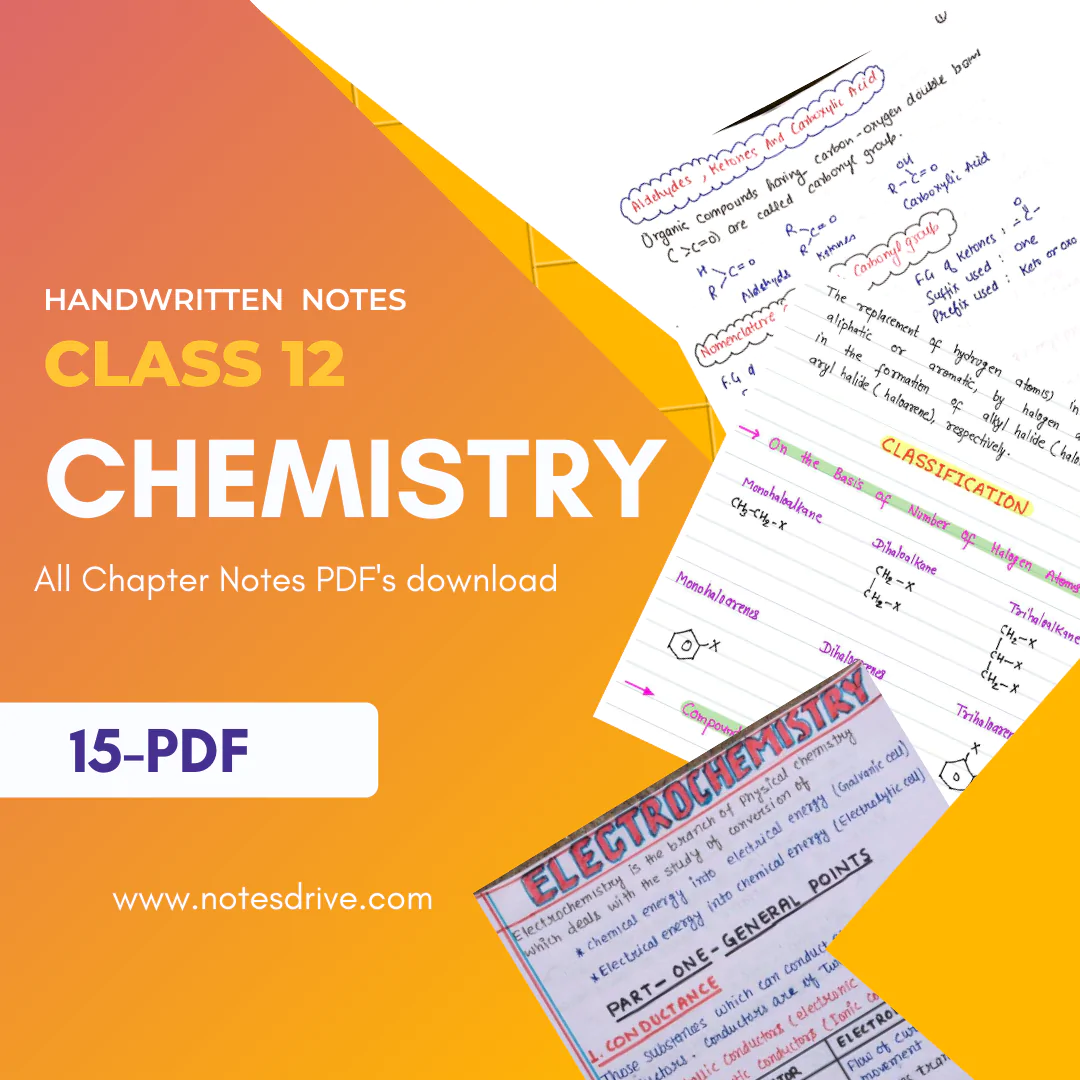
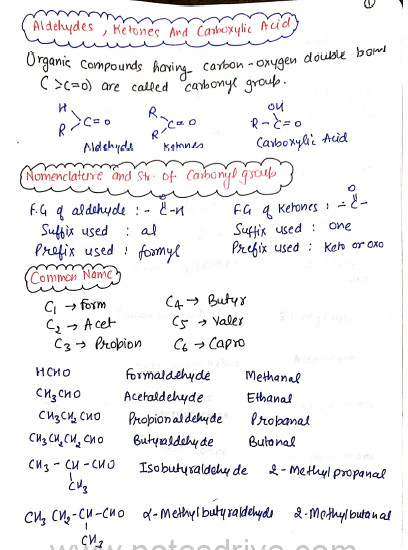

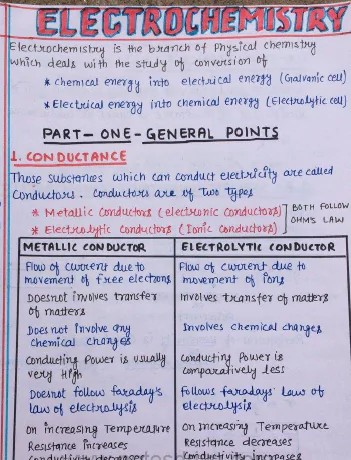



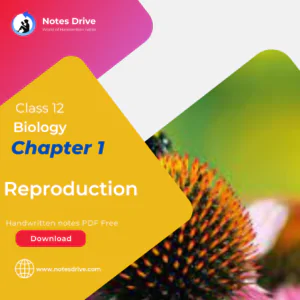
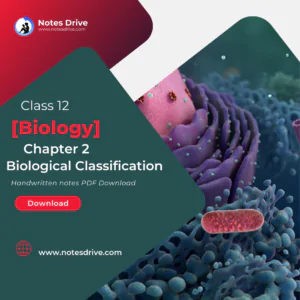

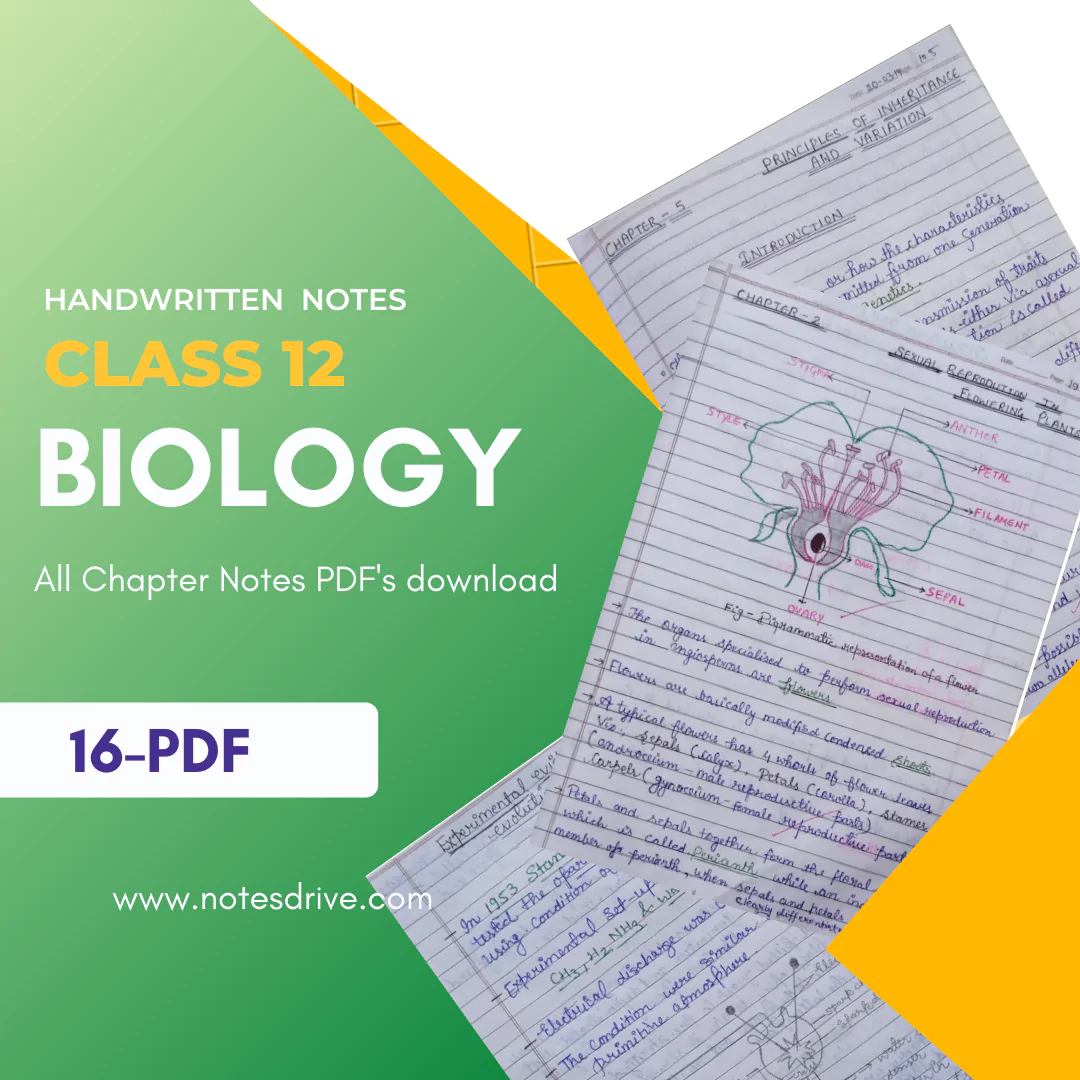
Notes Drive (verified owner) –
Best handwritten notes for class 12